Once flourishing and full of life but now abandoned and lost in time, these places are the perfect spooky sceneries for horror movies.
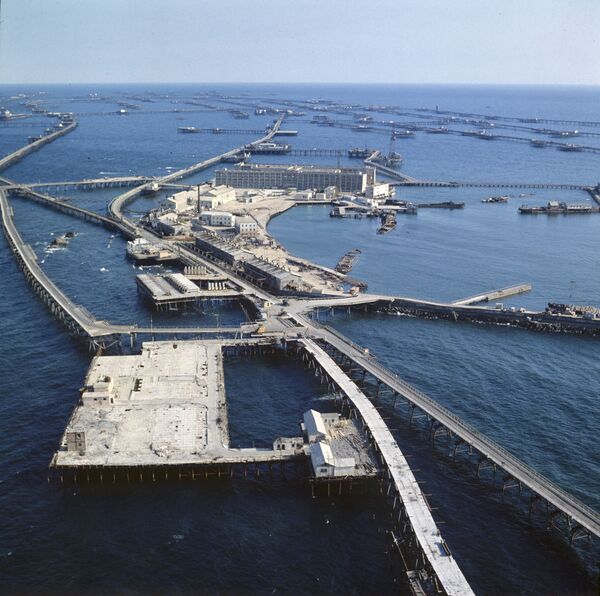
1/14
© Sputnik / Redkin
Neftyanye Kamni (also known as Neft Daşları or "the Oil Rocks") is an industrial settlement in the Caspian Sea in Baku, Azerbaijan. The settlement was built on metal overpasses in 1949, after the beginning of oil extraction from the seabed. This place has no permanent population. It was recognized as the world's first offshore oil platform by the Guinness World Records and featured a scene in the 1999 James Bond film “The World Is Not Enough.”
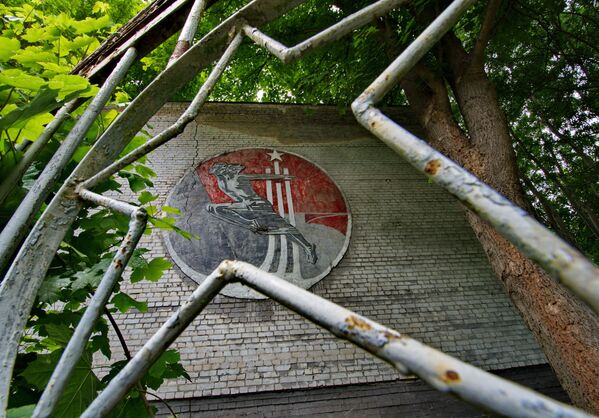
Krampnitz is a suburb of Potsdam, Germany. It was a Nazi military base for training troops right up until the end of WWII. After the area was taken under control by Russian forces, the site served as a military base for the Soviet Army until it was abandoned in 1992.
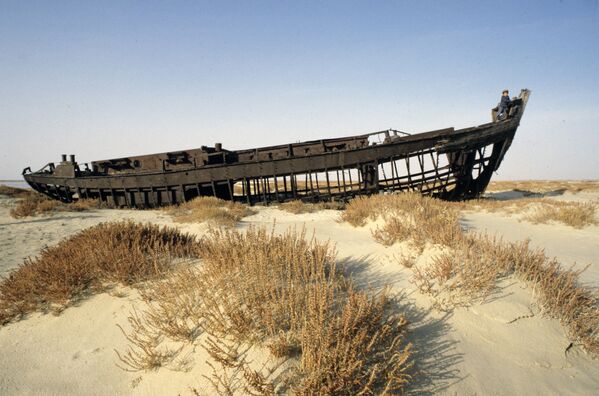
3/14
© Sputnik / Yuriy Kuydin
The city of Aralsk (also known as Aral) is located in Kazakhstan, near the Soviet biological weapons test site. It was once a fishing port and harbor city on the banks of the Aral Sea. Since 1960, due to diversion of the rivers flowing into it for irrigation, the water level in the Aral Sea has dropped by 13 meters, and its water surface has decreased from 6.6 to 2.2 million hectares. In the early 1990s, after the collapse of the Soviet Union, the military abandoned this place. Now completely landlocked, Aralsk is officially part of the Aral Sea ecological disaster zone.
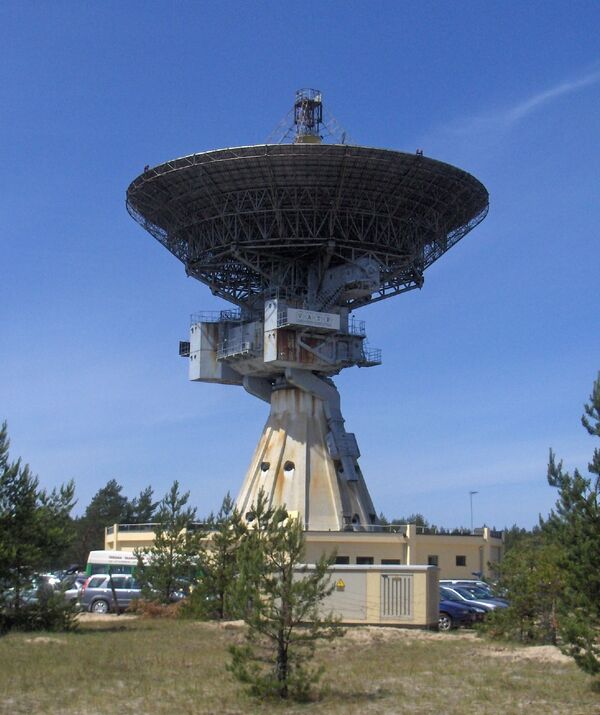
The Ventspils International Radio Astronomy Center (VIRAC) was founded in 1971 on the Baltic Sea shore in Ventspils-8 (also known as Irbene), a settlement in Latvia for Soviet military officers and their families. Irbene became a ghost town after the withdrawal of the Soviet Army in 1993. In Soviet times, the VIRAC was known as the Zvezda Space Intelligence Station; it was a system of three radars designed to intercept signals from satellites, submarines and military bases, and to provide satellite communications. After the departure of the military, it became part of the Latvian Academy of Sciences, together with RT-32, a 32-meter radio telescope of the former VIRAC.
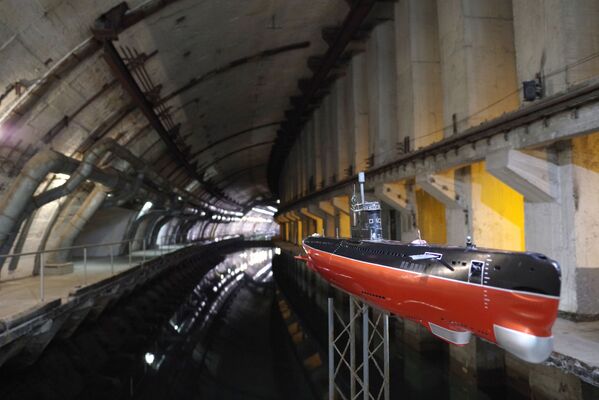
5/14
© Sputnik / Vasiliy Batanov
The underwater submarine base in Balaklava, Crimea, was built in 1961 by the Soviet military and abandoned in 1993. In recent times, it was transformed into a museum.
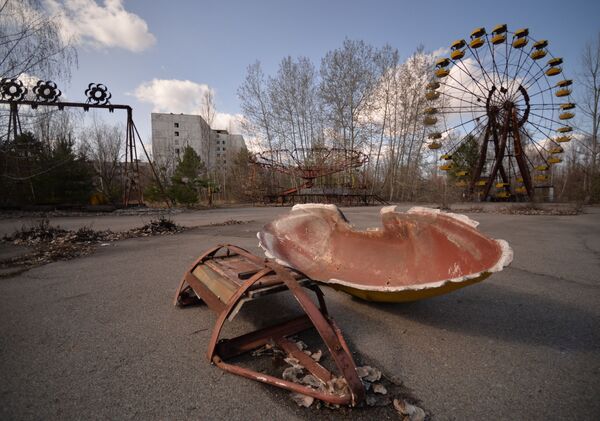
6/14
© Sputnik / Alexey Vovk
Pripyat, a Ukrainian city near the border with Belarus was founded in 1970 to serve the nearby Chernobyl Nuclear Power Plant. The city with a population of almost 50,000 people was completely abandoned after the Chernobyl disaster in 1986. The Pripyat amusement park, which has become a notable landmark for tourists and a symbol of the Chernobyl disaster, was to be opened for the first time May 1, 1986, days before the catastrophic nuclear accident had happened.
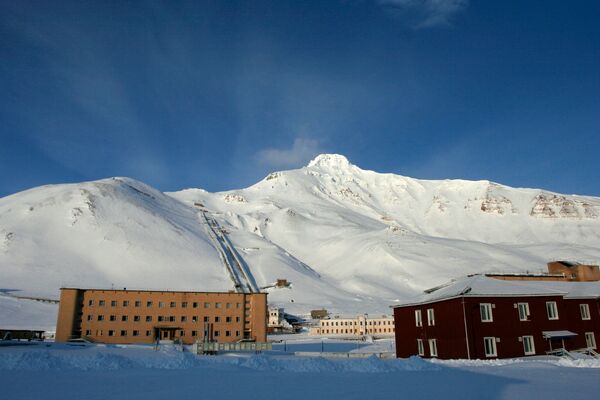
Founded by Sweden in 1910 and sold to the Soviet Union in 1927, Pyramiden is a settlement located on the Svalbard archipelago in Norway. This place was once alive: the settlement for Soviet coalminers had over 1,000 inhabitants, but was closed in 1998 and largely abandoned since then.
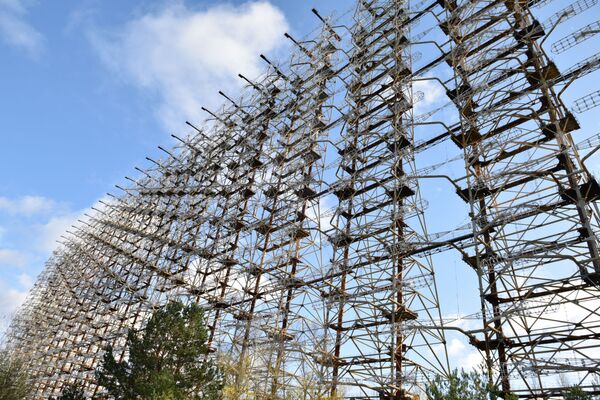
8/14
© Sputnik / Stringer
Duga, a Soviet over-the-horizon radar system was developed in the USSR as part of early-warning network to detect intercontinental ballistic missiles by flares that appear during launch. The facility was deployed near Chernobyl and Chernihiv in Ukraine and ceased operations after the Chernobyl disaster in 1986.
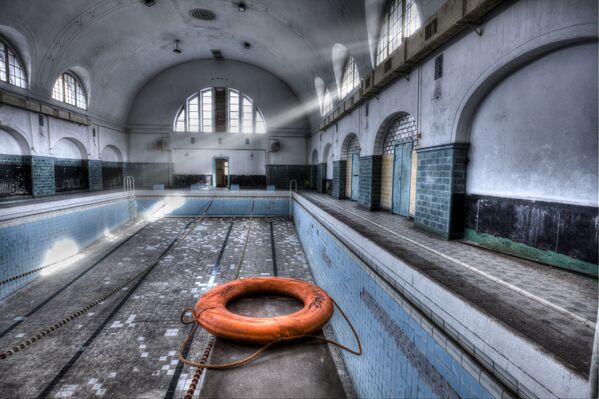
The East German military camp of Wünsdorf was a Nazi headquarters. During 1945-94, it served as the command headquarters for the Group of Soviet Forces in Germany (known as the Western Group of Forces since 1989). Some 260 hectares of the Wünsdorf military complex was occupied by the Soviet Army and was initially used to manage the construction and operation of the Berlin Wall. About 100,000 people lived and worked in it.
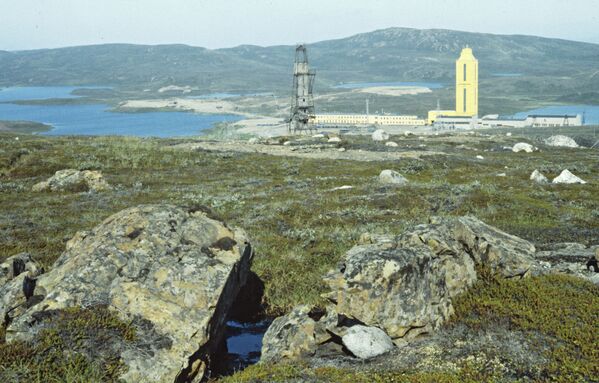
10/14
© Sputnik / A. Varfolomeev
The Kola Superdeep Borehole in Russia is the deepest borehole in the world. The project was kicked off in 1970 and attempted to drill as deep as possible into the Earth's crust. The site was abandoned in 2008, after the project was closed down in late 2006 because of the lack of funding. Many legends are told about the Kola borehole, calling it a "well into hell," where the cries of sinners can be heard from the bottom.
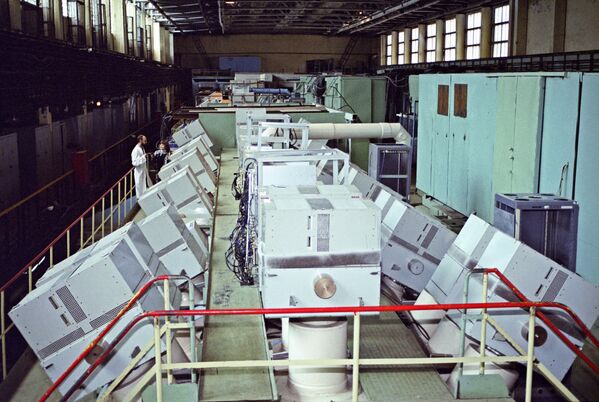
11/14
© Sputnik / A. Solomonov
The proton accelerator in the Russian town of Protvino is a nuclear installation built in 1983 by the Institute for High Energy Physics. Its construction was halted in the 1990s due to the lack of funds. It is currently maintained in a preserved condition, with emergency lighting and ventilation systems.
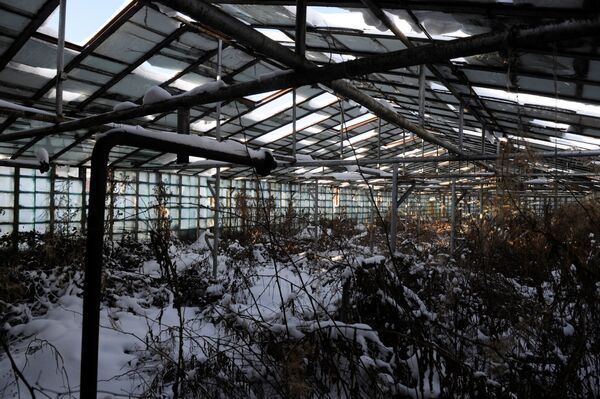
12/14
© Sputnik / Oksana Dzhadan
Skrunda-1 was a Soviet military town located near Riga, Latvia. During the Cold War there was a radar complex not far from this settlement; people who served the complex lived in the nearby Skrunda-1. The radar stopped to operate in 1998, and after its dismantling and the withdrawal of the last Russian troops in 1999, Skrunda-1 became a ghost town.
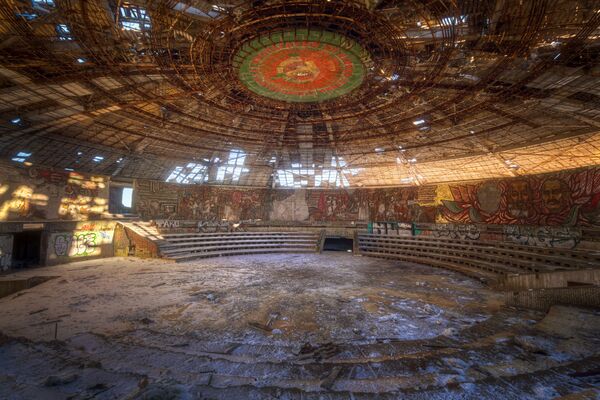
The House-Monument of the Bulgarian Communist Party (or informally, the Buzludzha Monument) was built in the 1980s on top of Buzludzha, a historic peak in the Central Balkan Mountains of Bulgaria. After the fall of communism, this site was completely plundered.
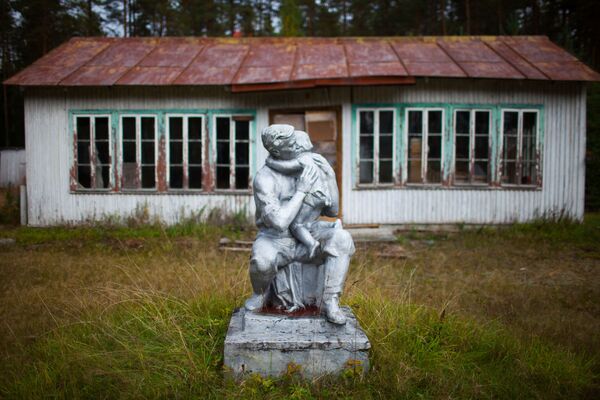
14/14
© Sputnik / Iliya Pitalev
"Yuri Gagarin Cosmodrome," an abandoned pioneer camp in the village of Vyartsilya, Republic of Karelia, Russia, hasn’t seen children on its premises since Soviet times. In the USSR, such pioneer camps were created for children to spend their holidays, for their parents to have a rest from kids and for communist propaganda to be proliferated among the younger generation. Now, these sites have been bought out by private traders and organizations or simply have fallen into decay.

